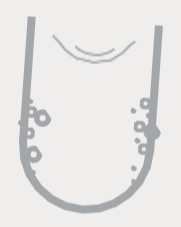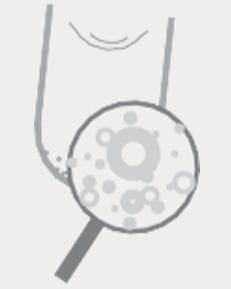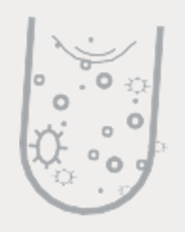Residual Limb Patient Self-Care Guide
Socket Care
Even with a liner interface, it is important to clean your prosthetic socket at least once a week.
- Wipe the socket with a damp cloth and mild
- Dry it thoroughly before putting it back
Effective Cleaning Tips for Wet or Dirty ProsthesesTurn the prosthesis upside down to empty any water or dirt out of the socket and the foot shell. If there is mud or dirt within the foot, use a metal shoehorn to remove the foot shell. Remove the spectra/nylon sock for cleaning and drying. Rinse and dry the foot shell. Once everything is dried, put the spectra/nylon sock back over the foot and use the shoe horn to re-insert the foot back in the foot shell |
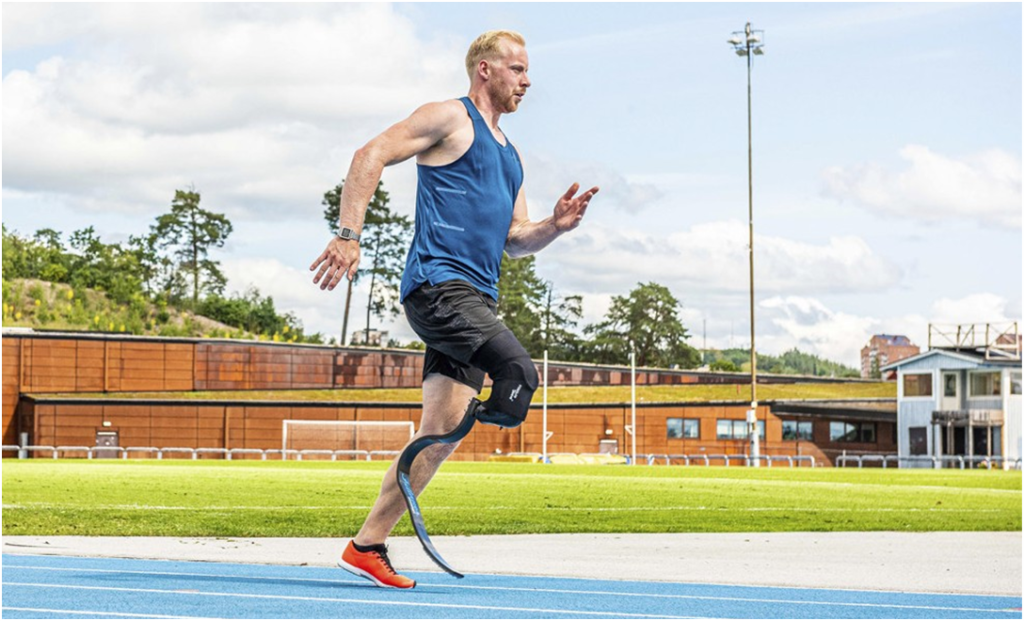 |
Preserving Your Prosthesis: Dealing with Saltwater Exposure
If your prosthesis has been immersed in saltwater, it is recommended to soak your prosthesis in a tub of fresh water for a couple of hours. This will allow any salt particles trap within the componentry to be dissolved in the fresh water, extending the life of the prosthetic limb.
Wipe the prosthesis and allow it to fully dry before use.
Donning a Liner
Step 1:Check that the inside of the liner is clean and dry. |
 |
Step 2:Roll your liner insider out and place the liner flat at the end of the residual limb. The goal is to have the liner as close to the far end of the rediual limb to avoid tapping air. |
 |
Step 3:Push the liner carefully over the end of the residual limb. Using your palms, roll the liner completely upwards onto your residual limb. |
 |
Step 4:Check that there are NO wrinkles or creases along the liner. If there are, please unroll the liner and repeat the donning process. When using a knee sleeve suspension If using a knee sleeve and valve suspension, fold over the top end of the liner, before rolling up the knee sleeve. This ensures a good vacuum seal. |
 |
Caring For Your Liner
A prosthetic liner comes in direct contact with bacteria from the residual limb. Therefore, it should be cleaned daily by hand.
Step 1:Turn the liner inside out, so that the gel or silicone layer is facing outwards. |
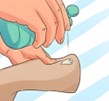 |
Step 2:Wash the gel/silicone with a mild soap and rinse off the soap entirely with water. |
 |
Step 3:Dry the liner inside and out with a clean towel or cloth. |
 |
Step 4:Turn the liner back the right way round, and let it dry overnight on a stand. Do NOT put the liner near a heater or in direct sunlight. |
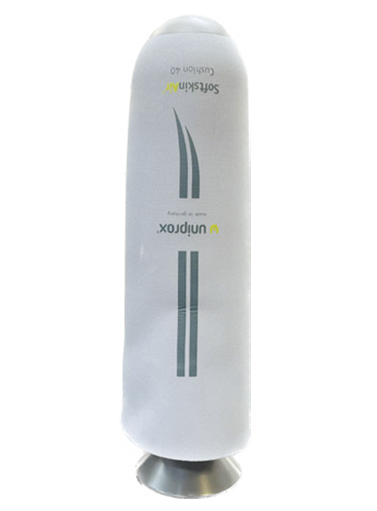 |
Skin Care / Issues & Possible Solutions
Step 1:Wash your redidual limb daily with mild soap. Step 2:Apply moisurising lotion at night after washing to protect the limb from drying out. |
|
Managing Residual Limb Rashes:
|
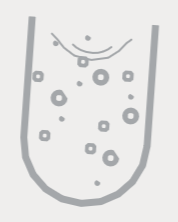 |
Combatting Irritation and Blisters at Liner Edge:
|
|
Tackling Blisters at the Bottom of the Residual Limb:
|
|
Managing Excessive Perspiration:
|
|
Responding to Infection Signs in Prosthetic Care
|
|
